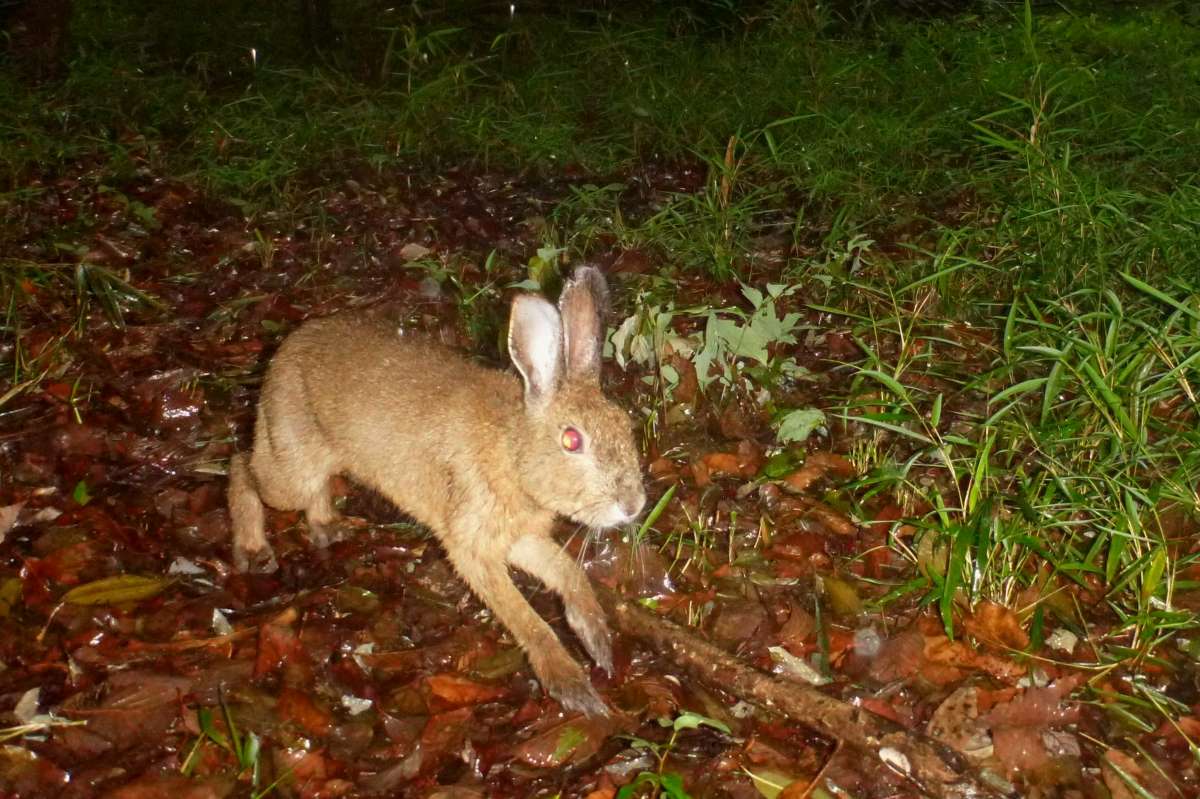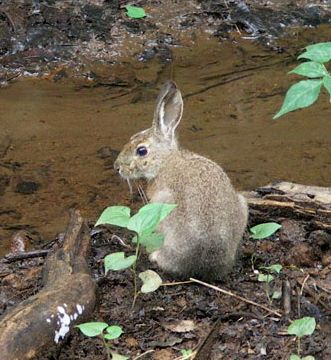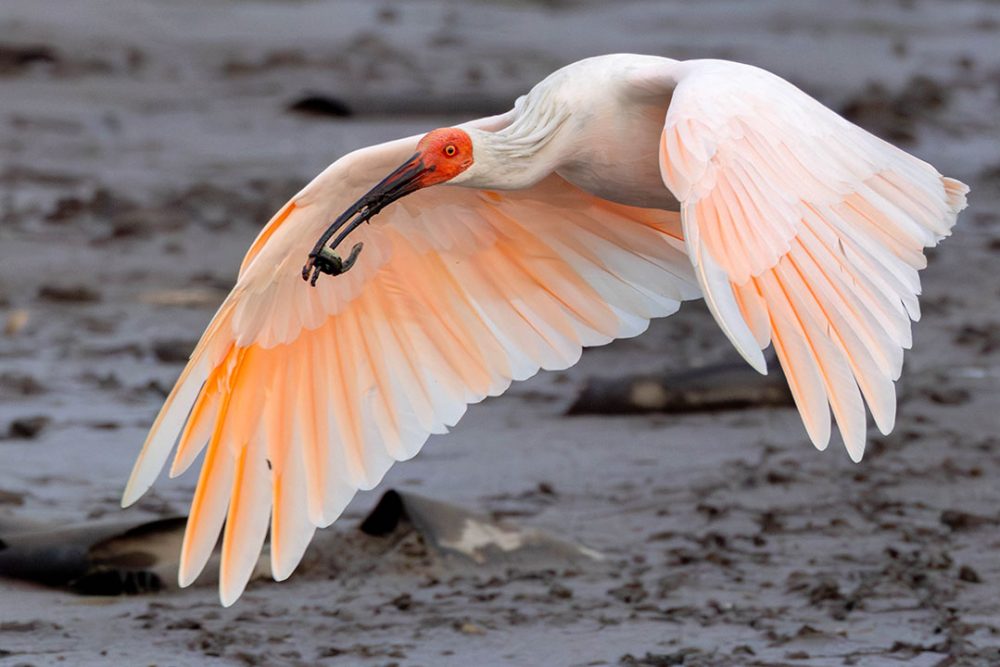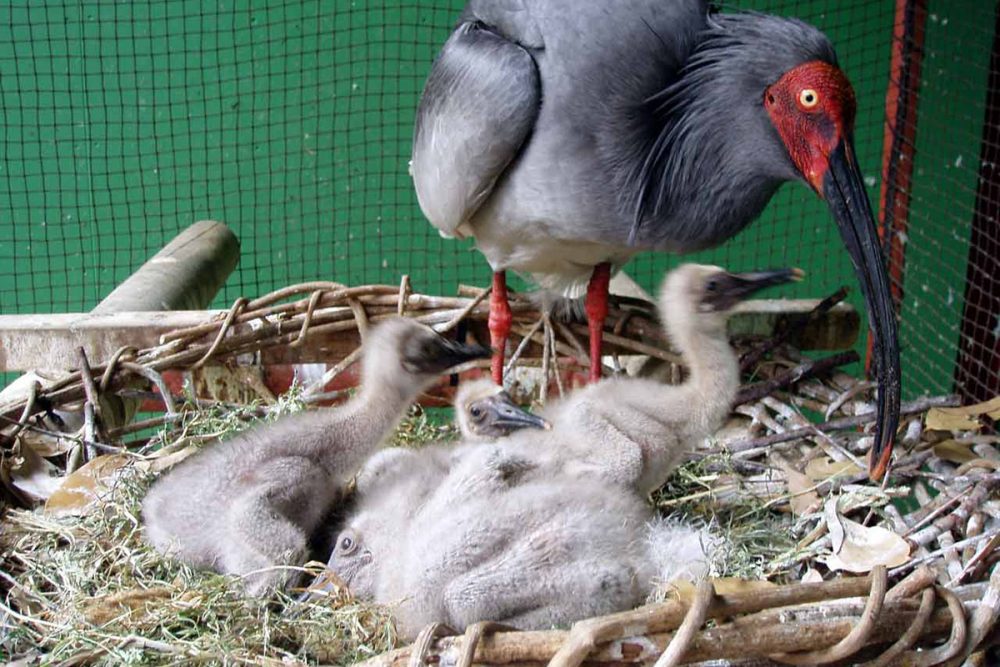The Disappearing Japanese Hare in the Year of the Rabbit
The Japanese hare is vanishing from green spaces in communities, sending a warning signal that we need to rethink how to coexist in harmony with nature.

このページを 日本語 で読む
The year 2023 is the Year of the Rabbit in the Chinese zodiac. Rabbits and hares are familiar animals to Japanese people, going back as far as the "Hare of Inaba" myth in Japan's oldest historical record, the Kojiki. They are often used to symbolize a "leap forward," as well as "prosperity of offspring".
Most people in Japan have had the chance to admire them, perhaps mainly at zoos. But in fact, the wild Japanese hare (Lepus brachyurus), a species endemic to Japan and once a typical resident of satoyama landscapes, is on the verge of disappearing from human settlements.
Japanese Hares Becoming Strangers?
The Japanese hare has brown fur that blends in with grass and trees, ears that stand up to detect its natural enemies, and muscular hind legs that make it an agile runner.
"The number of times I've seen hares has definitely decreased over the past 10 years. They still feel familiar, but they have become strangers to the park," reported Taketo Kobayashi, 35, of Fusion Nagaike, a nonprofit that manages Nagaike Park in Hachioji City. The expansive park's area is equivalent to the size of about four Tokyo Domes.
Adjacent to Tama New Town in Tokyo, a massive housing development that spans four cities including Hachioji and Machida, the park and nearby green areas are among only a handful of places where Japanese hares coexist with humans. The hares live inconspicuously in the wooded areas and grasslands of the area's vast Tama Hills, which are interspersed with large housing estates and farmlands.
A Threatened Species
The Japanese hare is classified as a separate species from the European rabbit, which has been commonly bred and domesticated. While the common rabbit digs holes in the ground to hide, the hare shelters in above-ground thickets of low vegetation.

Avoiding the daytime when they are most likely to fall prey to natural enemies like hawks and other predatory birds, hares come out at night. They feed in grassy areas and woods where there is abundant undergrowth. Despite their small size (about 50 cm in length), hares can run as fast as 80 km/h.
In 2022, a sensor camera installed in Nagaike Park captured only one Japanese hare. Kobayashi notes his fear that, "they could disappear from the area in the next few years."
Population Seesaws alongside Development
In Japan of the 1950s, 60s and 70s, forests were felled to supply lumber. Grasslands were created as a result, and the hare population rose temporarily. However, it began to drop from the late 1990s. A decline in forestry and increase in abandoned farmland resulted in the disappearance of the grassy fields and thickets favored by the Japanese hare.
In areas closer to urban centers, green spaces continued to shrink alongside residential land development. Natural fields and mountains were transformed into artificial forests thick with coniferous trees. In both cases, the reduction of deciduous forests and woods with young trees resulted in the retreat of grasses and shrubs that are the hare's food sources.
Even today, the Japanese hare can be found in most areas of the Japanese archipelago, excluding Hokkaido and Okinawa. But its numbers are declining nationwide. On the Red List published by the Tokyo Metropolitan Government (2020 edition), the Japanese hare is an endangered species (Threatened II — Vulnerable) for the Northern Tama region.
The Hare as a Symbol
The Japanese hare, while rarely seen in the present day, has a long history of coexistence with humans. A very prolific animal, the hare has symbolized "abundant offspring" and "ease in childbirth" and is revered in Japanese faith.
As seen in "Usagi," a traditional children's song about a rabbit and the harvest moon, and in the long-standing ballad "Furusato," which begins with lyrics about a rabbit and a mountain, the rabbit is a creature associated with landscapes of Japan's past.
Fusion Nagaike's Kobayashi explains, "The Japanese hare is the symbol of our satoyama. There is value to having hares be a familiar part of people's daily lives. The current situation with the Japanese hare is an opportunity for people to think about how we as humans coexist with other living creatures."
このページを 日本語 で読む










